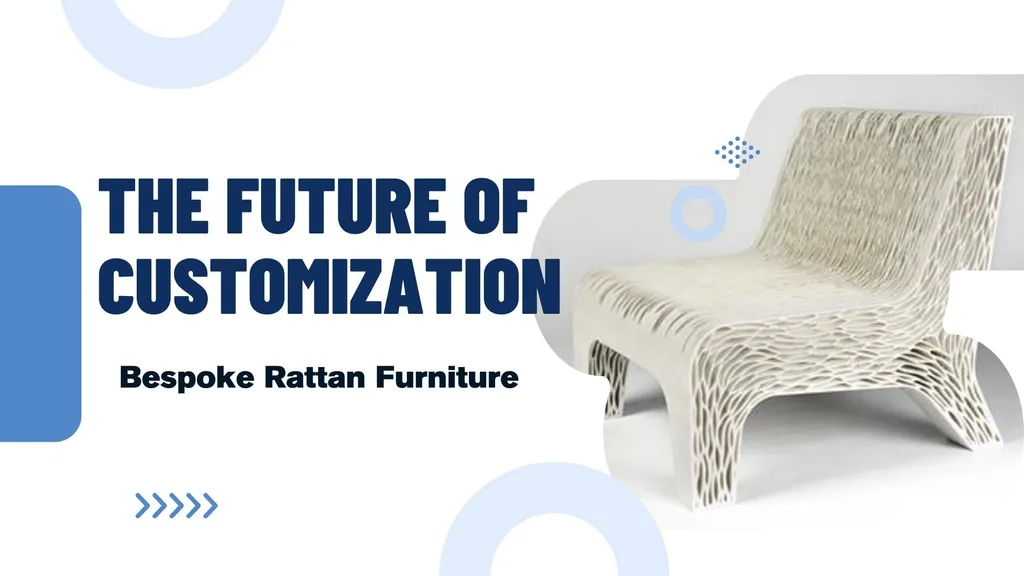Contents

In the diverse world of furniture manufacturing, materials like hardwood, metal, and plastic each bring unique appeal. Rattan, however, stands out for its eco-friendly charm and natural aesthetic. As sustainability and affordability drive consumer choices, understanding the cost dynamics of rattan compared to wood, metal, and plastic is crucial for buyers and manufacturers. This blog explores the cost structures, focusing on initial investment, maintenance, durability, and market trends, to highlight why rattan is a compelling choice.
Rattan Furniture: Cost Structure Overview
Rattan furniture production involves fixed and variable costs that shape its pricing and market position. Fixed costs include capital investments in facilities and equipment, as well as ongoing expenses like utilities, insurance, and staff salaries. Depreciation of machinery and regulatory licenses also factor in, ensuring compliance and operational stability.
Comparing Rattan with Other Materials
Rattan vs. Wood
Initial Investment: Rattan requires lower upfront costs due to its abundant supply and less intensive processing compared to hardwoods, which demand costly sourcing and intricate craftsmanship.
Maintenance and Repairs: Natural rattan needs careful maintenance in outdoor settings to avoid wear, potentially increasing long-term costs. Wood, with its durability, often incurs lower maintenance expenses but requires skilled repairs, which can be costly.
Resale Value: Solid wood commands higher resale value due to its timeless appeal and durability, while rattan’s resale potential is lower, especially if weathered.
Rattan appeals to trendy, lightweight design preferences, while wood suits formal settings with lasting value.
Rattan vs. Metal
Production Costs: Rattan’s organic nature involves labor-intensive craftsmanship, increasing labor costs. Metal benefits from mechanized production, reducing labor but raising raw material and energy expenses due to mining and refining.
Durability: Metal’s resilience against weather and wear minimizes repair needs, offering long-term savings. Rattan, while elegant and portable, may require more frequent maintenance in harsh conditions.
Energy Consumption: Rattan’s low-energy production aligns with sustainability, contrasting with metal’s energy-intensive processes, though innovations in renewable energy are narrowing this gap.
Rattan’s eco-friendly edge appeals to green consumers, while metal’s durability suits those prioritizing longevity.
Rattan vs. Plastic
Raw Material Costs: Rattan’s ethical sourcing leads to higher material costs but offers aesthetic and sustainable value. Plastic, derived from petrochemicals, benefits from lower costs and mass production.
Sustainability: Rattan’s biodegradability and renewable sourcing make it an environmentally superior choice. Plastic’s production and disposal raise ecological concerns, despite its durability against moisture.
Durability: Well-maintained rattan lasts 5-10 years, while plastic resists weather but may fade or become brittle, necessitating replacements.
Rattan targets premium, eco-conscious markets, while plastic dominates price-sensitive segments.
Market Trends Favoring Rattan
Rattan’s popularity is surging, driven by a 6.3% CAGR and a projected $32 billion market by 2027. Its eco-friendly appeal aligns with consumer demand for sustainable living, enhancing brand loyalty. Global supply chains impact pricing, with challenges like shipping costs offset by rattan’s lightweight nature and ethical sourcing. Consumer preferences for versatile, weather-resistant furniture further boost rattan’s market share, especially in outdoor and leisure settings.
Why Choose Rattan?
Rattan offers a cost-effective, sustainable option with lower initial investments than wood or metal. While maintenance costs can rise without proper care, its renewable nature and aesthetic versatility make it a standout. Compared to plastic, rattan’s eco-friendly narrative and premium appeal justify its higher upfront costs, promising long-term value for conscious consumers.
For high-quality, sustainable rattan furniture, explore the offerings from Ethical Handicraft Manufacturer (EHM) at handicraftmanufacturer.com. Their commitment to craftsmanship and eco-conscious production makes them a leader in the rattan furniture industry.





